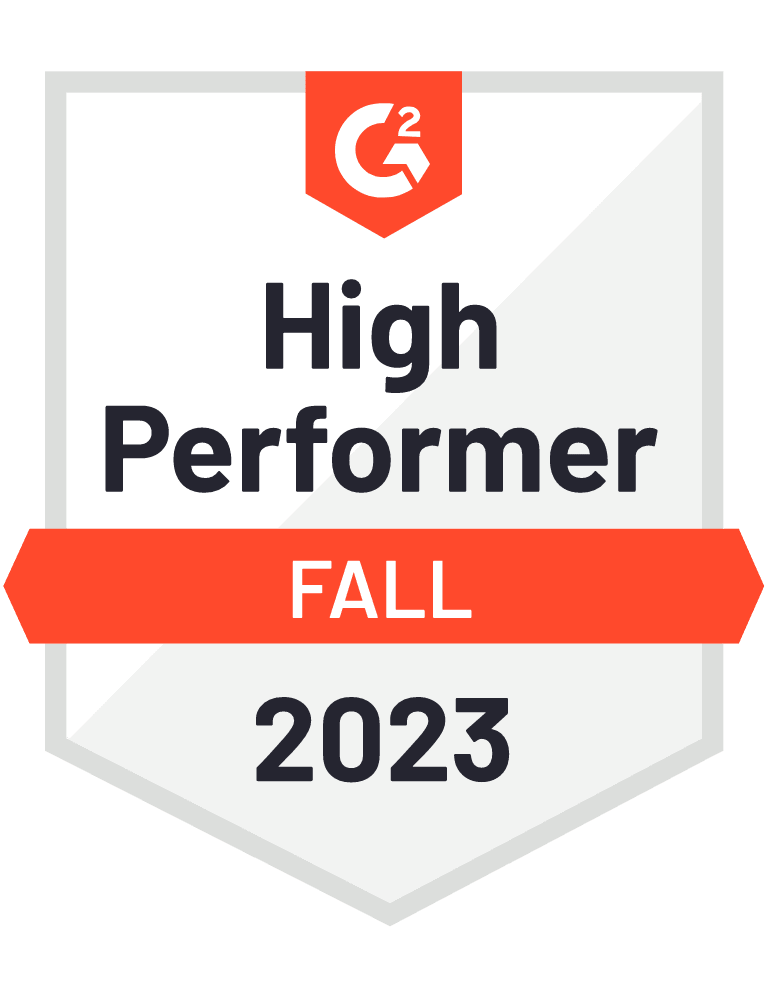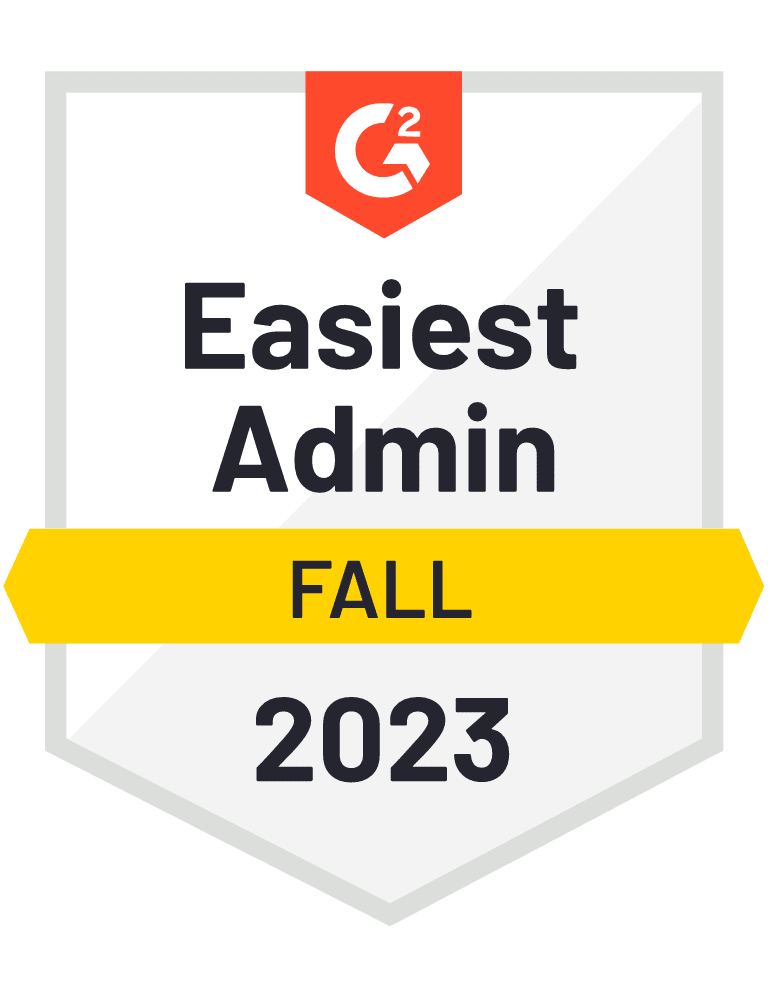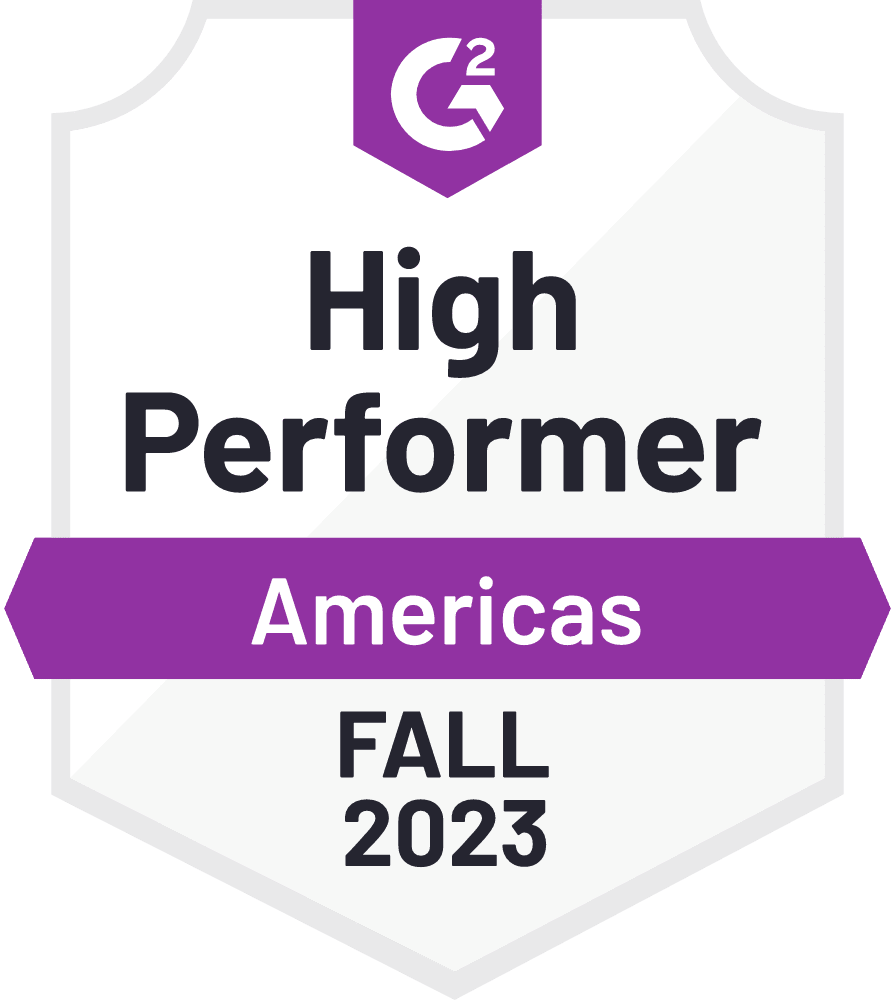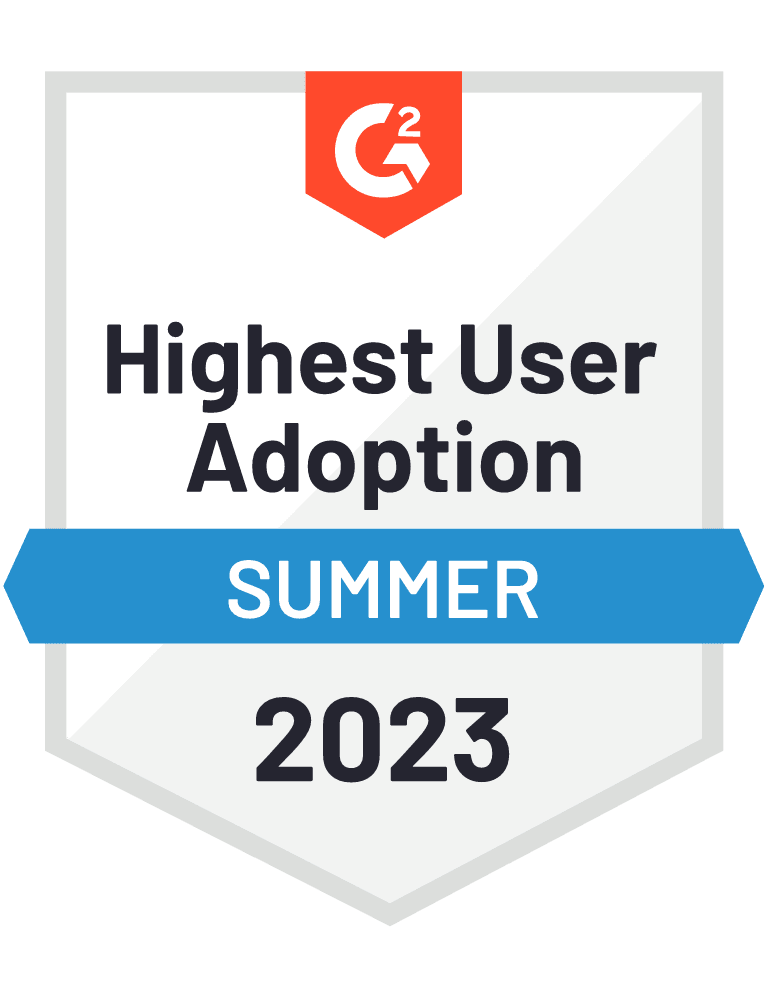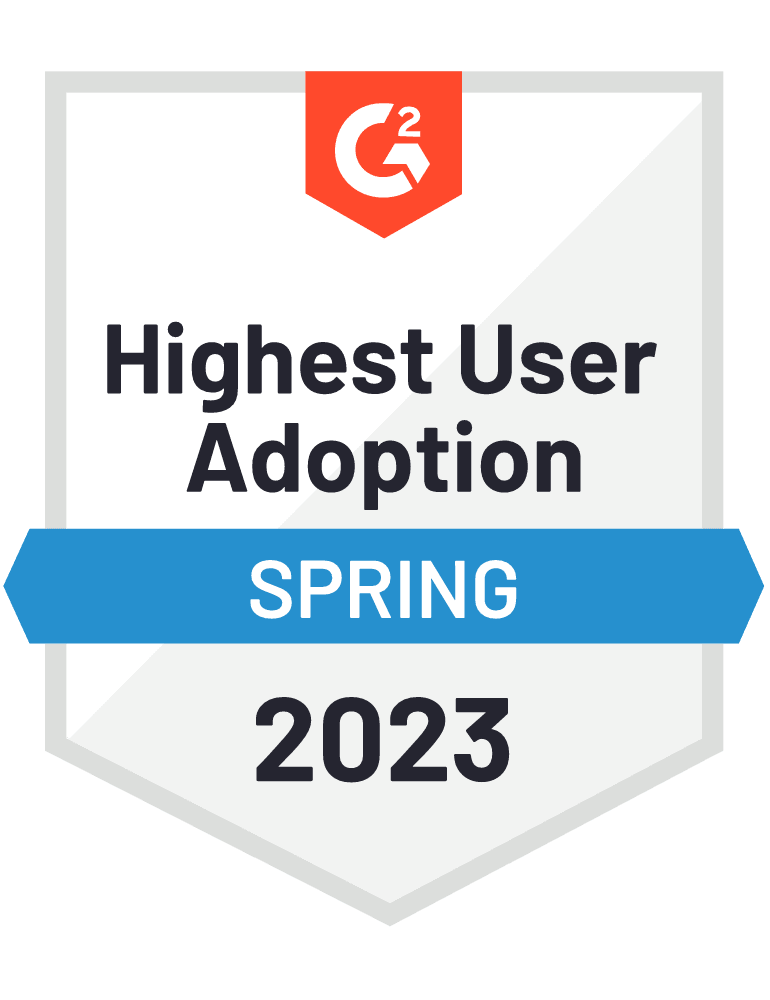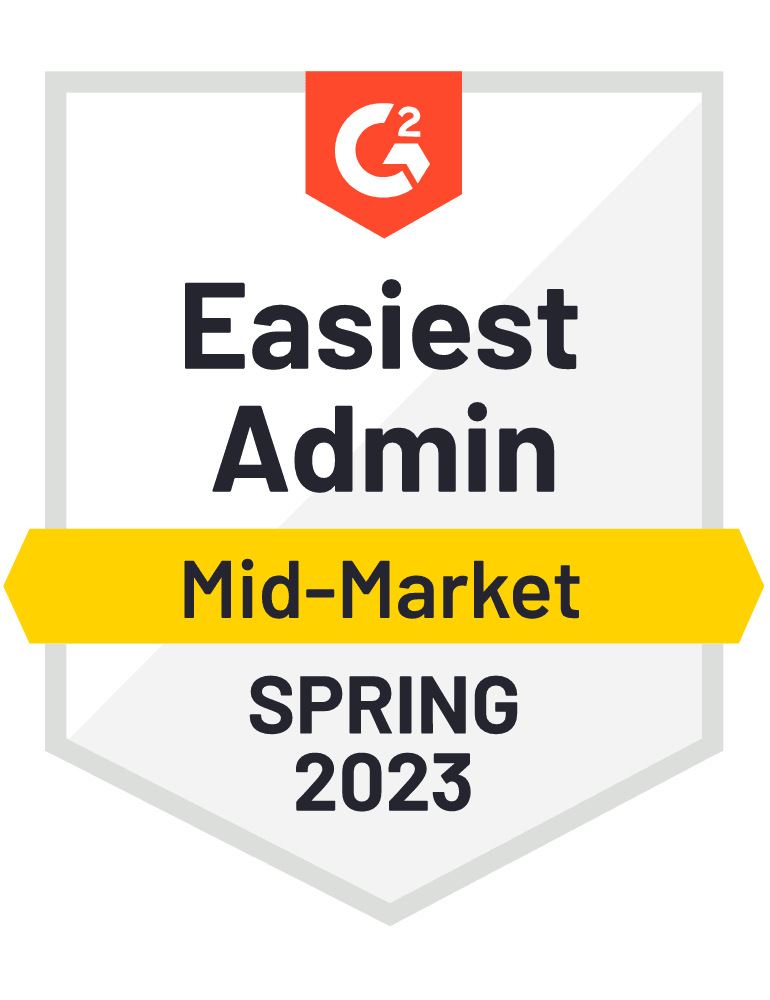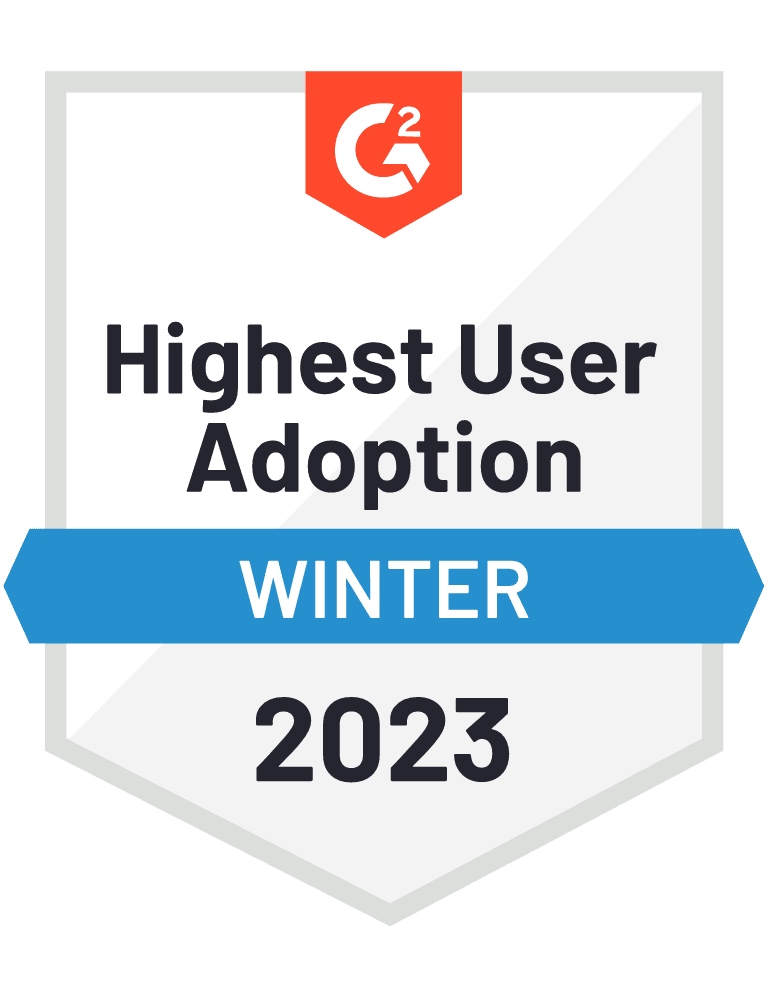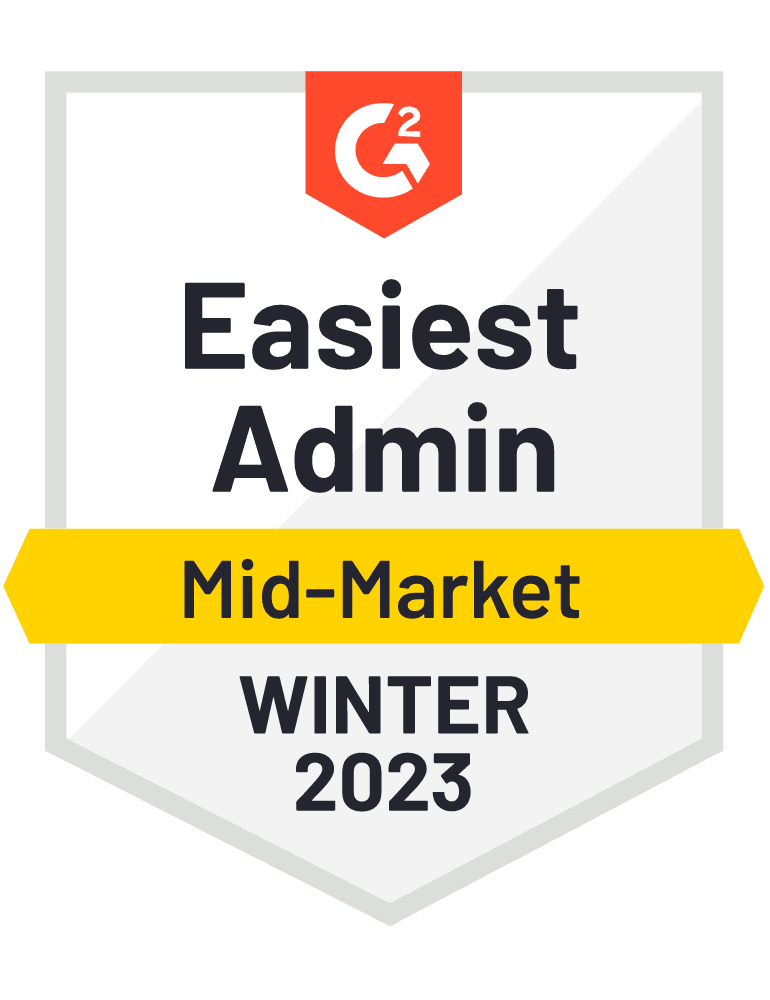By this point, I am pretty sure we have all had more than enough of the words “unprecedented,” “challenging,” and “uncertain times.” Rather than focusing on the negative, we should focus on the positive and continue praising the heroes working in health services, who have put themselves on the front lines to keep our world running since the pandemic began. As a payroll and HR company that specializes in health services, we’ve heard a lot from our clients, so we interviewed members from several of our departments to bring you insights and first-hand information from 2020 as we roll into 2021. Read on to find out what they had to say.
When the pandemic hit, what were some of the major challenges home care agencies and skilled nursing facilities faced?
(Claire Dolling, Director of Implementation)
When the pandemic hit, we were all faced with uncertainty, anxiety, and unrest. For home care agencies and skilled nursing facilities, they experienced this two-fold, as they were required to take even more precautions for the health and safety of their employees and patients. We also heard from our home care agencies that COVID-19 exacerbated preexisting challenges, such as the caregiver shortage due to stay-at-home measures. Given the needs of this community, it became vital to support their front line employees through provisions provided by Federal legislation. In addition to knowing the latest, we needed to provide even more empathy, as so many lives and businesses were affected by this pandemic.
Which government programs did most health services organizations take advantage of?
(Malka Trump, Director of Compliance)
2020 was a year like no other for countless U.S. businesses, including those in the health services arena. The Federal Government mobilized to provide financial support to those impacted by the pandemic, providing an essential lifeline to keep businesses afloat. Key COVID-19 relief provisions that many in the health care industry took advantage of include the Employee Retention Credit (ERC), a refundable credit potentially saving businesses thousands in taxes, and the deferral of the payment of the employer’s share of Social Security tax, freeing up critical funds for immediate needs. A third key piece of COVID-19 relief came in the form of the SBA’s Paycheck Protection Program (PPP), which provided forgivable loans to businesses with 500 or fewer employees. The initial PPP loan program under the CARES Act provided $349 billion in loans. An additional $310 billion was authorized under the Enhancement Act, and then, at the very end of 2020, the Economic Aid Act authorized an additional $284 billion, providing much needed funds to struggling businesses as we moved into 2021. Many employers in the health care industry are moving quickly to take advantage of the latest round of PPP funds. In addition, the Economic Aid Act now allows employers to take advantage of both the PPP and the ERC, a combination that was previously not allowed.
How did you see payroll and HR needs shift during 2020?
(Alexandra Alberti, VP, Sales)
There was a fundamental shift in what were once perceived as “nice-to-have products,” such as electronic onboarding, pay cards, learning management, and employee self service, which became essential for agencies to operate in the new environment. Agencies needed to keep themselves and their caregivers safe and engaged by jumping feet first into the digital wave. We heard countless stories of how orientations, new hire trainings, and continuing education courses that were traditionally done in-person suddenly needed to turn virtual overnight. There has always been some resistance to investing in new HR products, but the trials of the pandemic proved that caregivers will take advantage of technology, especially when it is intuitive. The good news is that this leads to happier employees and a more efficient business long term.
Agencies continued to require automation for payroll. While payroll is a necessary evil every week, two weeks, or month, it doesn’t have to be so time consuming that you can’t focus on driving the business. In the home care, home health, and senior care space, it has become critical for software that serves different facets of the business to integrate and eliminate duplicate effort. We have continued to forge partnerships to deliver a seamless experience since the goal of automation will be important beyond 2020. Hopefully in 2021, many of the businesses who already implemented new HR automation features can focus on other areas of the business that had to be put on hold during such a tumultuous year.
What do you see happening in 2021 within health care payroll and HR, and what is Viventium doing to help?
(Dan Neuburger, CEO)
There are a number of trends within health care payroll and HR that Viventium is tracking and responding to.
The first is a continued trend toward the use of telehealth and home health care services. The COVID-19 pandemic has acted as an accelerant of this trend, as more people require remotely administered medical assistance and there is a growing desire by patients to convalesce in the comfort of their homes. The aging population of the U.S. will further fuel this. Viventium’s product roadmap is primarily focused on delivering capabilities to facilitate the growth of our home health clients as well as clients in the skilled nursing health care segment.
Tech solutions need to make the process easier for payroll managers and their company’s employees. There is a migration to HR tech providers who provide both flexible technology as well as high levels of client service since health care providers don’t have time to explain the details of their requirements to vendors who aren’t familiar with the idiosyncrasies of the health care industry. Viventium is well positioned in this regard, and it’s the main reason we have been continuously recognized for our easy-to-use, robust software and our remarkable service. We’ve also focused on enhancing the capabilities of our Employee Self Service tool.
Health care recruiting will become more challenging. Health care industry-specific solutions to address sourcing, tracking, and onboarding of new employees as well as ongoing training of all employees will be important as will programs to ensure employee retention and engagement. To further support our clients’ objective to retain highly qualified staff, Viventium has added products such as Benefits Administration, Applicant Tracking/Onboarding, and Learning Management to our product suite.
Lastly, we also expect to see growing complexity in regulatory compliance within health care. The ability of health care providers to adhere to a myriad of laws, regulations, guidelines, and specifications relevant to their business processes is of paramount importance. Viventium seeks to minimize this burden for our clients by ensuring we adhere to compliant processes on their behalf, and I was personally very happy that we were able to establish our Viventium Coronavirus Update Center live so early on in the pandemic. This allowed us to communicate what we were learning in real time to our clients.
This information is for educational purposes only, and not to provide specific legal advice. This may not reflect the most recent developments in the law and may not be applicable to a particular situation or jurisdiction.

